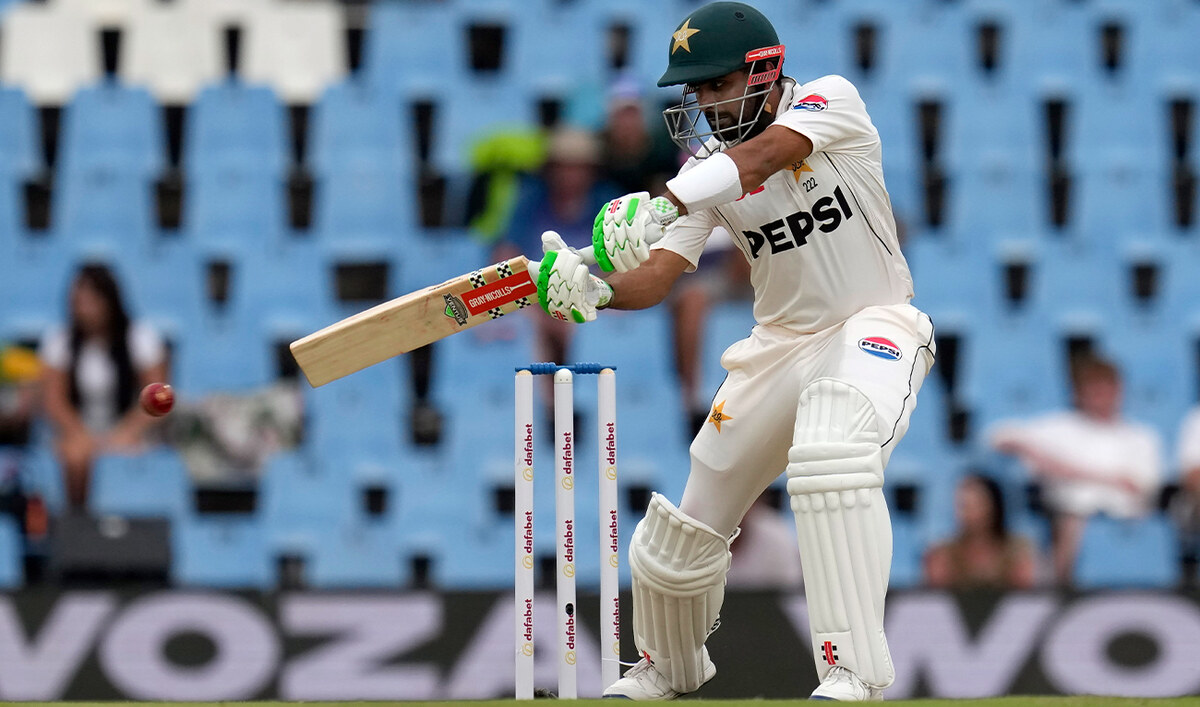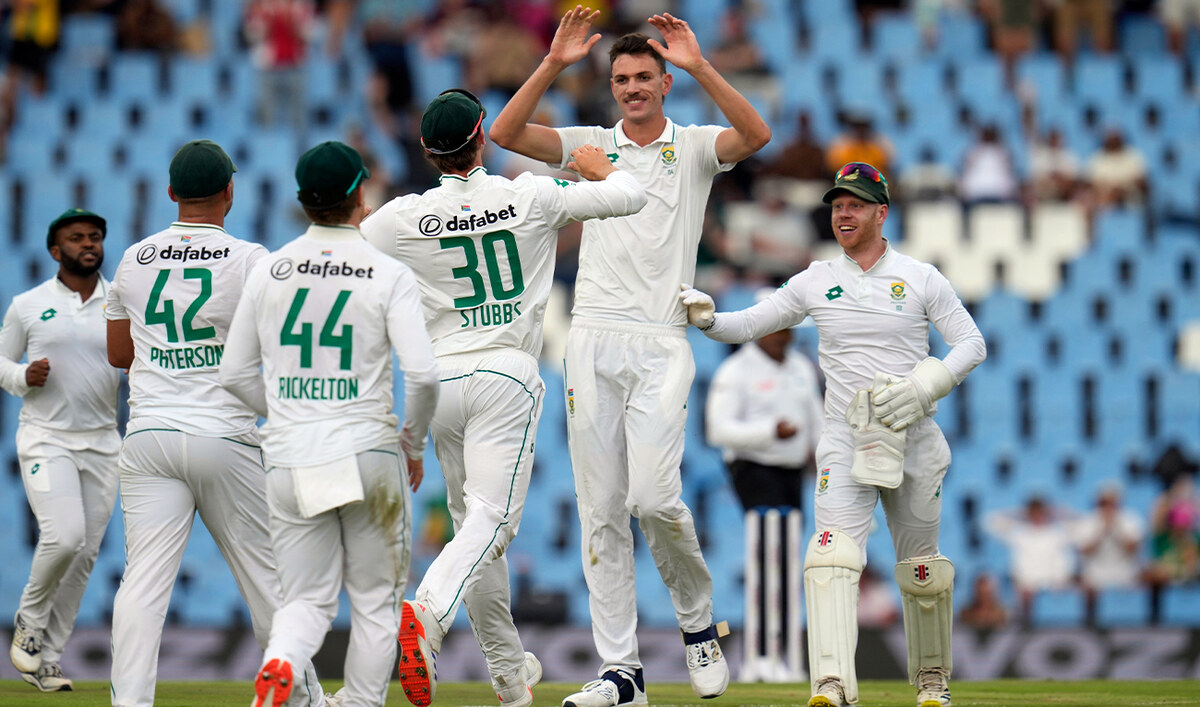ABU DHABI: The fifth and final round of the 2021 Vice President’s Jiu-Jitsu League concluded in Abu Dhabi on Saturday in the presence of Sheikh Mansoor bin Mohammed bin Rashid Al- Maktoum, chairman of the Dubai Sports Council.
After crowning the winners at the UAE capital’s Jiu-Jitsu Arena, Sheikh Mansoor congratulated the players on their victories, praising the high level of performance displayed on the mat.
“The values adopted by the sport of jiu-jitsu are in line with the identity we are keen to spread in the UAE society,” Sheikh Mansoor said. “We are witnessing the growth of the sport in the country represented by many national academies and clubs. This is aligned with our strategic vision of promoting a healthy lifestyle, with a focus on emerging talents who are key for the bright future of the country on a global level.”
“The UAE has become the focus of attention for jiu-jitsu enthusiasts from all over the world thanks to the great support received from the rulers of the UAE,” he said. “The conclusion of the Vice President’s Jiu-Jitsu League comes at an ideal time with our jiu-jitsu family preparing to welcome the world in the Jiu-Jitsu World Championship and Abu Dhabi World Professional Jiu-Jitsu Championships, the two largest jiu-jitsu events on the global calendar, during which we look forward to following up on the strong performance that we are accustomed to from our national players.”
Sheikh Mansoor said that local events such as the Vice President’s League were key for discovering Emirati talent, and an important opportunity that allowed the stars of the UAE to experience the standards of international championships in local competitions.
“UAE champions are regularly raising our country’s flag on the podiums, and here we commend the continuous efforts made by the UAE Jiu-Jitsu Federation to advance their sport until the UAE became the global capital of the sport,” Sheikh Mansoor said.
“The sports sector in the country is no longer just an entertaining one, but has become an important tributary of sustainable development on individual, social and economic levels, with the important role it plays in building individuals physically and psychologically. The UAE has a world-class infrastructure that enables it to host world-class international sporting events.”
Al-Wahda Club secured top spot to take the league title in the adults’ category, with Al-Ain in second and Al-Jazira in third. In the U-18 category, Al-Ain Club claimed victory ahead of Baniyas, with Al-Wahda in third place. The U-16 title went to Sharjah Self Defense Club, with Al-Ain second, and Al-Wahda in third place.
“With the strong performance from our female athletes in the final round of the Mother of the Nation League and the remarkable performance on the mats today, particularly in the U18 and U16 categories, we can say with confidence that the future of jiu-jitsu is bright in the country,” said Mohammed Salem Al Dhaheri, vice chairman of the UAE Jiu-Jitsu Federation.
In addition to winning the title and capturing medals, the winning clubs and academies were also presented with financial prizes totalling $196,000 (720,000 dirhams).





























